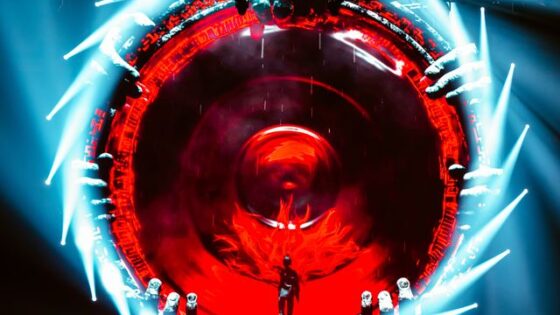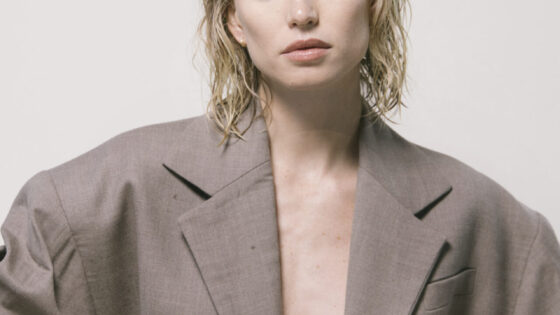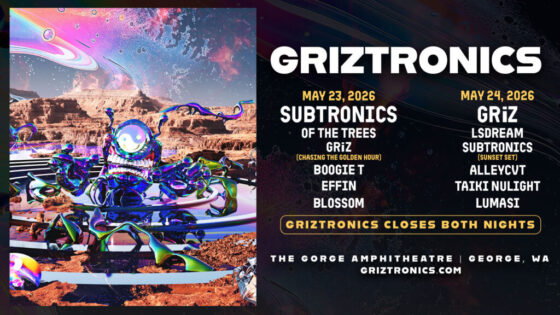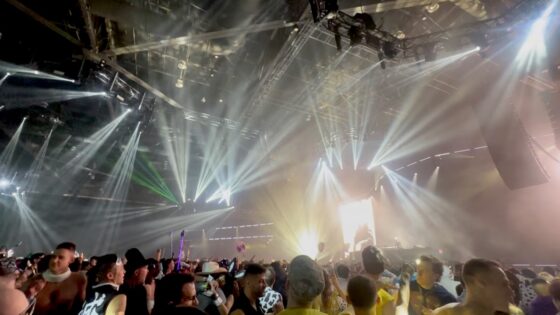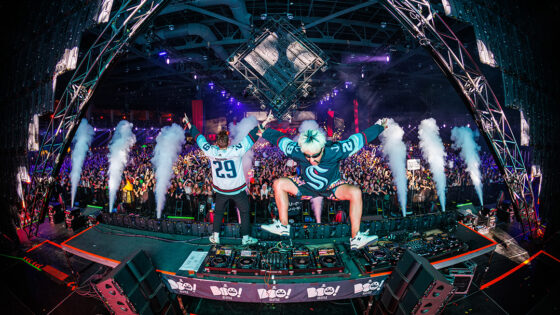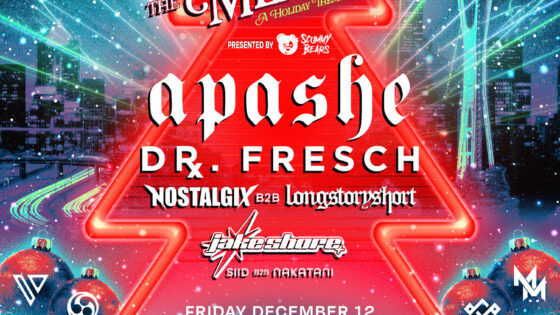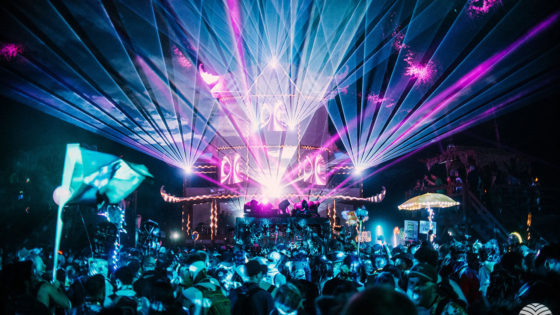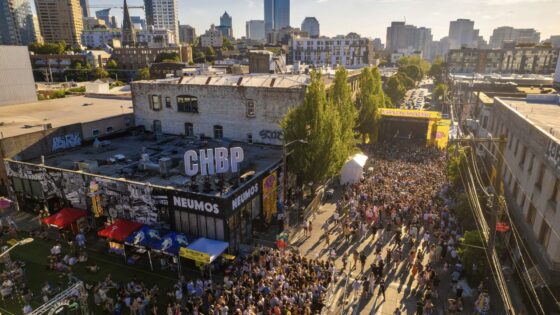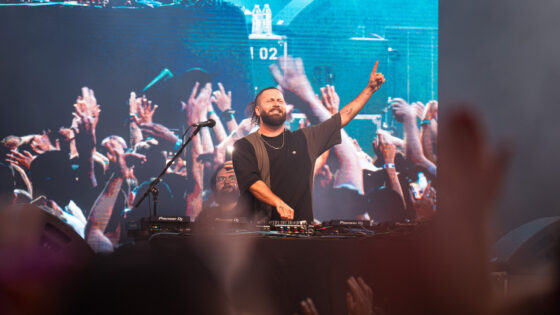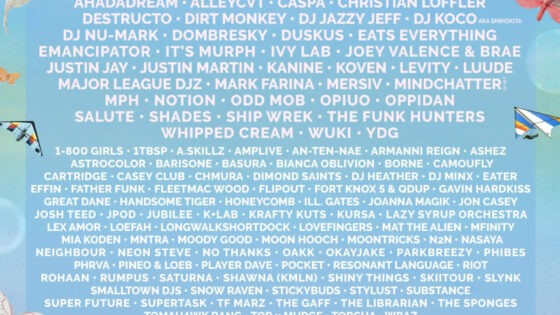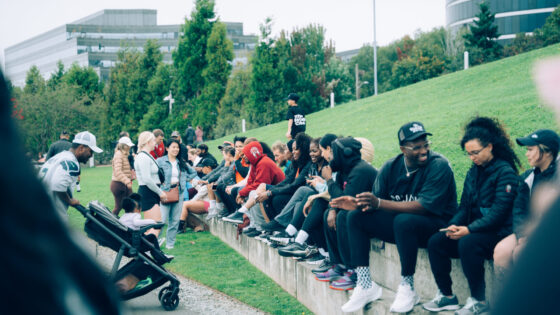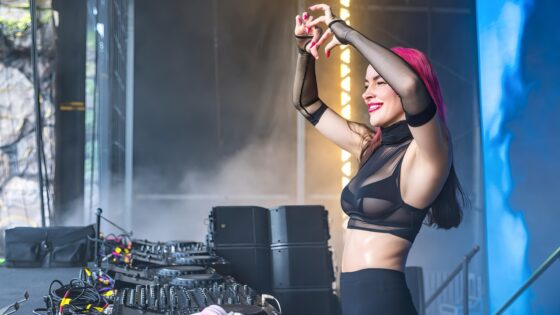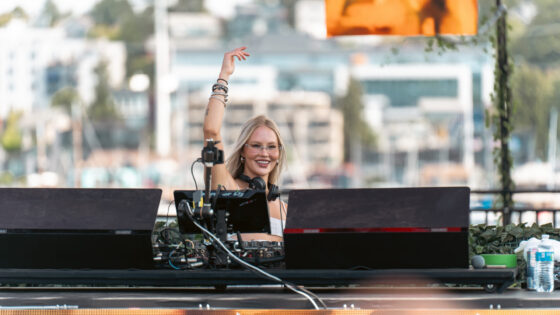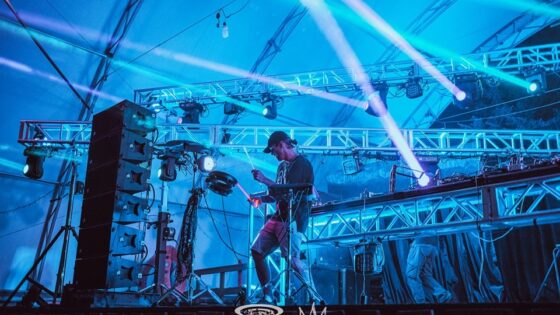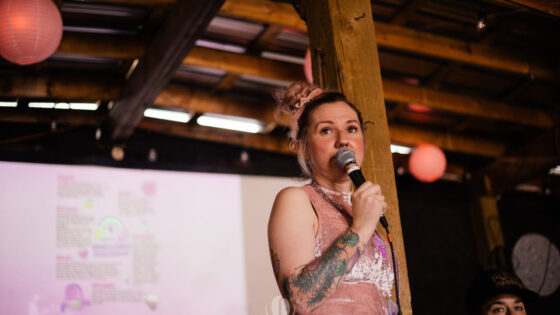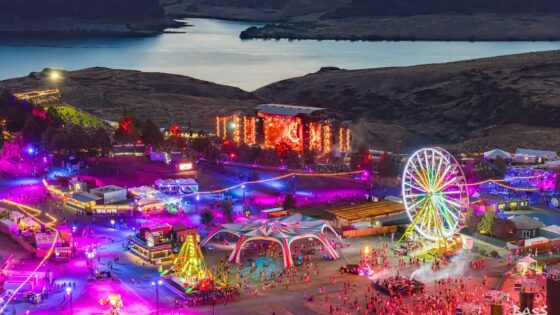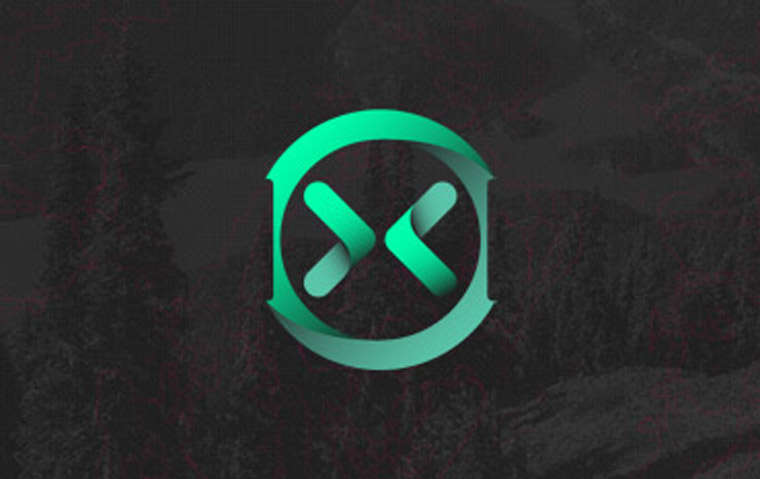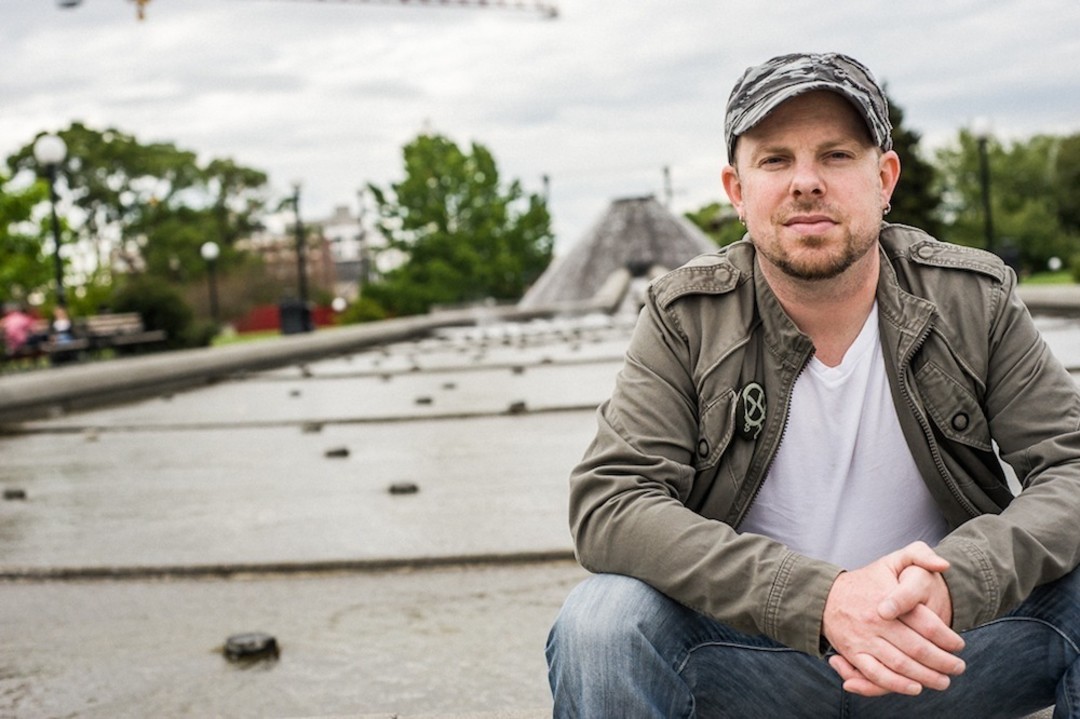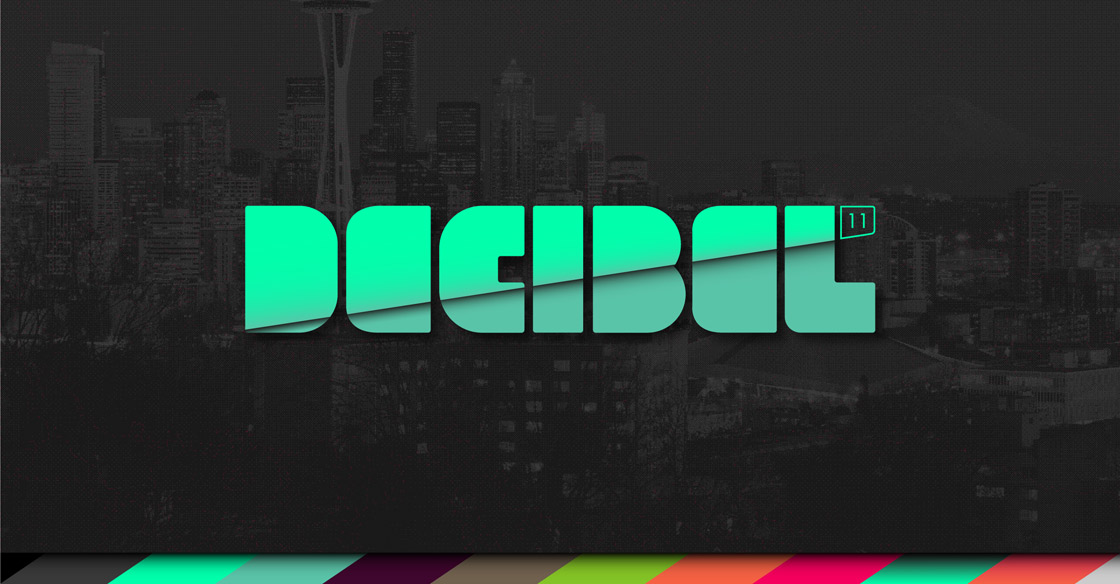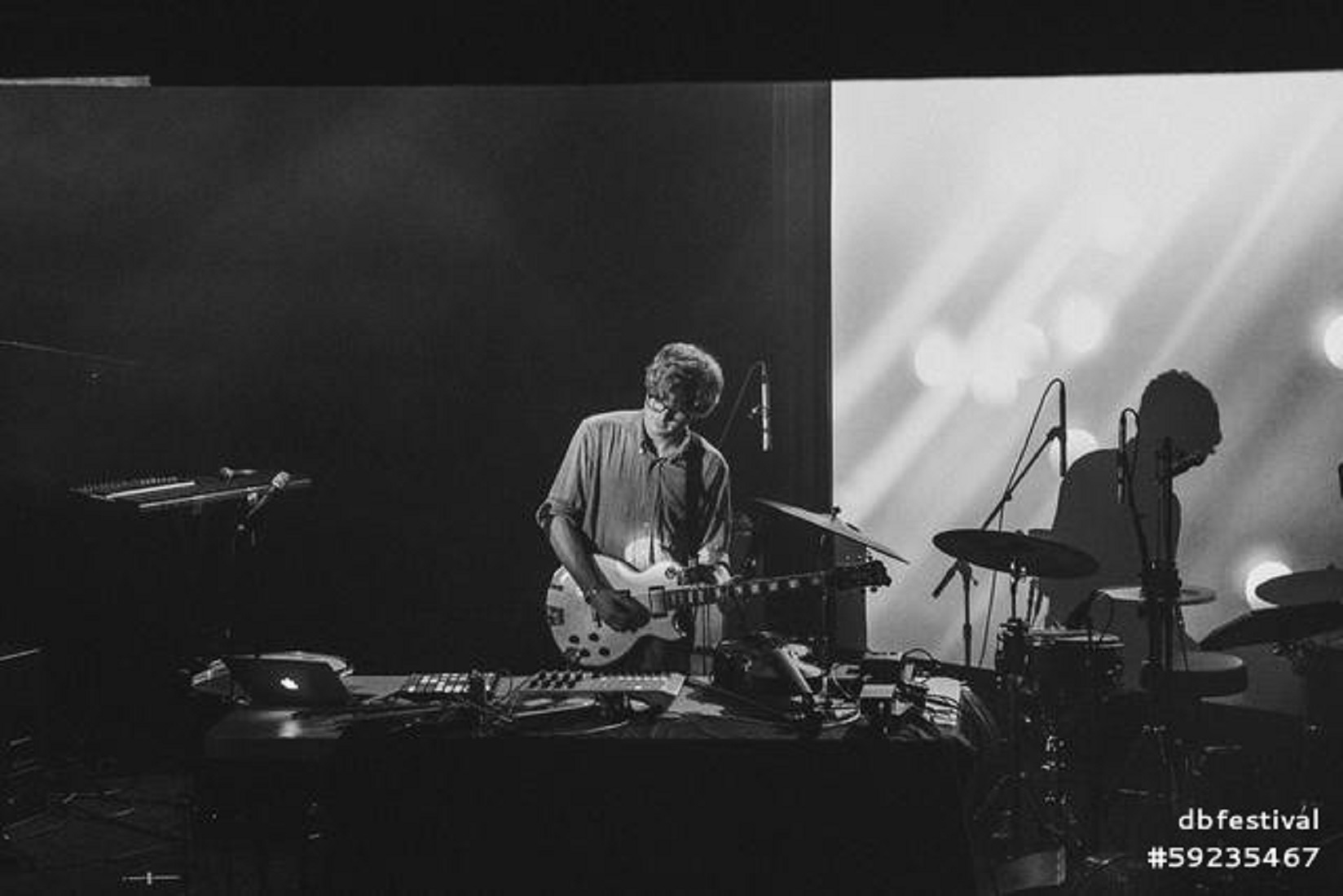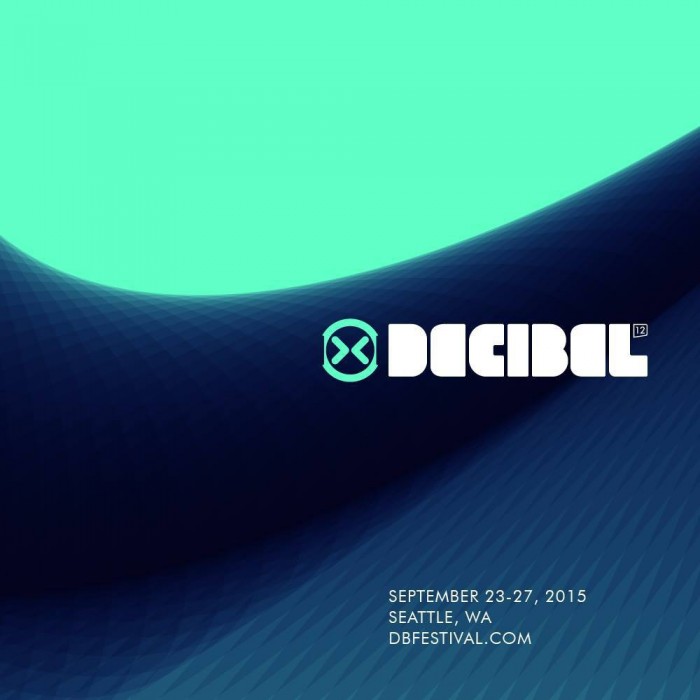On top of being an electronic music fan’s wet dream, the annual Decibel Festival is one of the most ambitious music festivals in the Pacific Northwest. Standing at five days long, spanning across 11 different locations across Seattle – among them a park, the lounge of a hotel, and a cruise ship – and featuring nearly 100 reputable producers and DJs of all sorts of electronic music flavors, the Decibel Festival has a little something for everybody. However, the festival can seem a bit overwhelming and labyrinthine to newcomers interested in the festival, so we’d like to present to you: Dance Music Northwest’s Comprehensive and Definitive Guide to Decibel Festival 2015!
[divider]The Festival in a Nutshell[/divider]
Founded by Sean Horton in 2003, the Decibel Festival is, to quote them directly, “one of the premier electronic music festivals and promotional organizations in the world,” with “a focus on live performance, interactive multimedia art, state-of-the-art sound and technology based education.” Much like an event like South by Southwest, Decibel takes place over a span of multiple days, across several venues in Seattle, with the performing artists divided by programs. These programs generally have between 3 and 5 sets each, and vary in overall runtime.
While all performers at the festival fall under the category of electronic music, Decibel is easily one of the most varied electronic music festivals out there. At any moment, you could be vibing out to a slow, syrupy, beat-heavy set in a small, dark venue, then walk to a different performance and fall into a trance as the sounds of soft, yet harrowing ambient drone music melt into your ear canals. Everyone attending all five days of the festival is bound to have an entirely different experience, which makes the festival great for water-cooler talk.
[divider]The Four Types of Festival Blocks[/divider]
Anyone not familiar with Decibel Festival that looks at the event program is bound to be confused by the four different types of blocks they have there, which are somewhat loosely defined. The most common ones you’ll see over the five days are the “Showcases,” which rather straightforwardly have three performances, one after another, and take place in standing room floor venues like The Showbox and The Crocodile. A handful are all-ages, but the majority of them tend to be 21 and over. The three “After-Hours” blocks follow a similar formula, but start very early in the morning – we’re talking doors opening around 2 in the morning – and are all 21+, with all of them happening at Q Nightclub.
The “OPTICAL” blocks, of which there are two this year, take place at the Triple Door, an ornate sit-down venue, and feature some of the least danceable music of the festival’s lineup. If you’re into ambient music, drone music, or really soft, head-nodding music, these are for you. The two “Boat Parties”, while still a part of the festival’s program, aren’t free with a festival pass. These performances take place on the Islander Cruise Ship, and are both 21 and over. These are demonstrably some of the more popular blocks of the festival, as the second one with DJ Tennis and Roman Flügel has already sold out almost a month ahead of the festival. All other blocks are free to enter with a festival pass.
Important things happen in Pacific Northwest nightlife, and DMNW will send you alerts!

